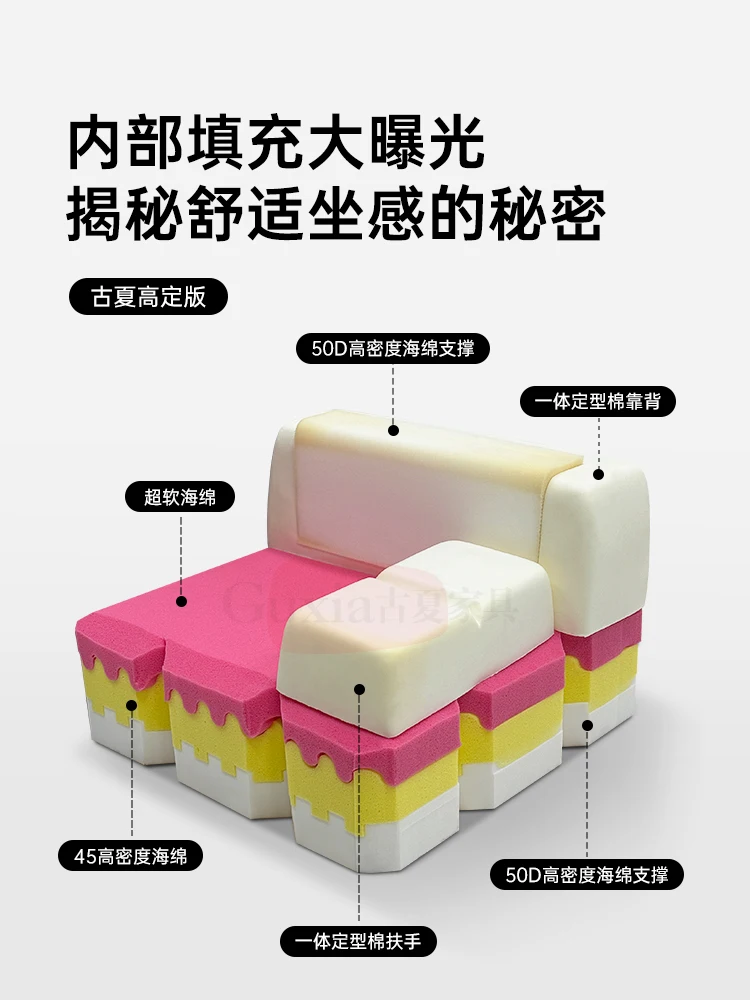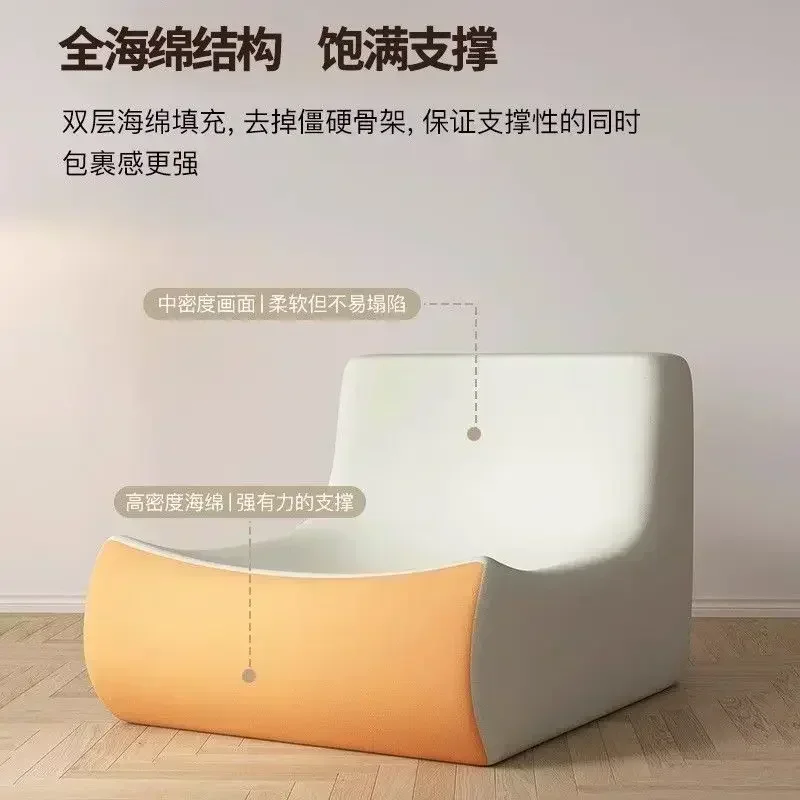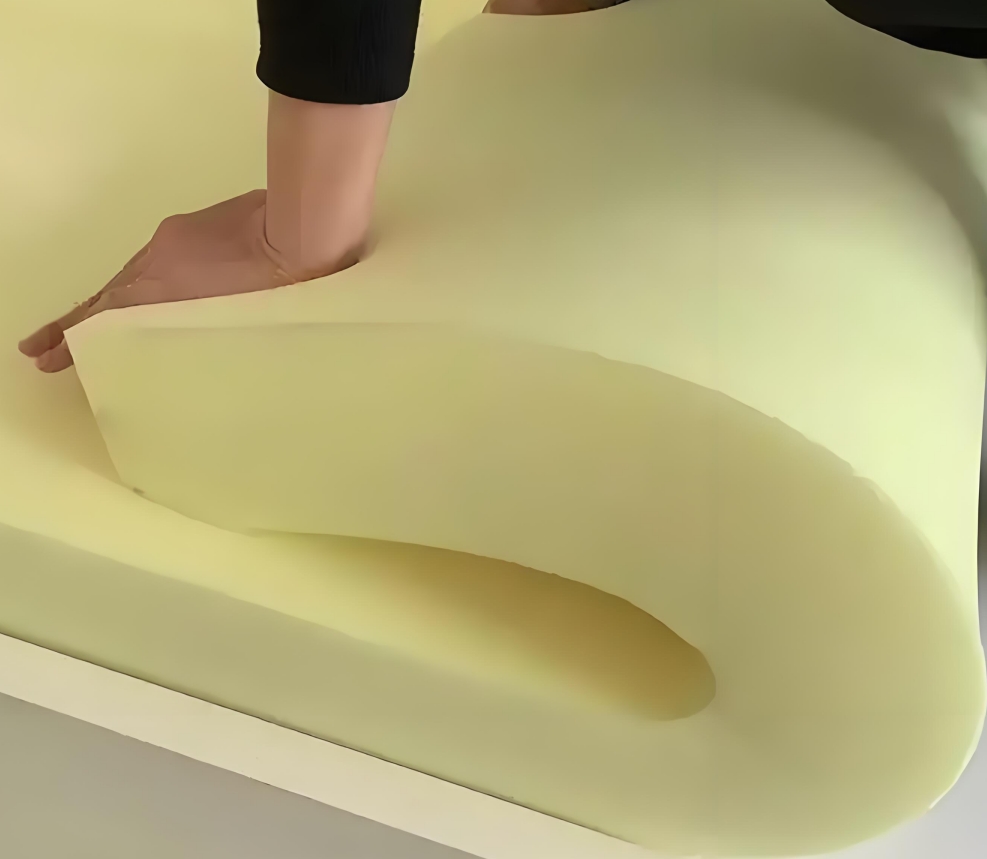Maximize Space, Minimize Hassle
How to Cut Foam: A Comprehensive Guide
Different Methods for Cutting Foam
Utility Knife and Foam Cutters
 The most common tool for cutting foam is a sharp utility knife or specialized foam cutter. These allow for manual control and are suitable for straight cuts and simple shapes. Always use a new, sharp blade for best results.
The most common tool for cutting foam is a sharp utility knife or specialized foam cutter. These allow for manual control and are suitable for straight cuts and simple shapes. Always use a new, sharp blade for best results.
Hot Wire Cutter
A hot wire cutter uses a heated wire to melt through foam, resulting in smooth, sealed edges. This method works particularly well for polystyrene foams like styrofoam. However, it should not be used on polyurethane foam due to the release of toxic fumes.
Electric Knife
An electric knife can make cutting foam much easier, especially for thick or dense foams like memory foam. The rapid back-and-forth motion slices through foam without excessive compression.
Laser Cutter
For intricate designs and shapes, a laser cutter offers unparalleled precision. The laser vaporizes the foam along the cut line, leaving a clean edge. However, laser cutters are expensive and not practical for most DIY applications.
CNC Cutting
CNC (computer numerical control) cutting involves a robotic tool that cuts based on digital designs. Like laser cutting, CNC offers high precision and consistency. It can be used with various cutting tools including blades, hot wires, and abrasive wire.
How to Cut Foam
Step 1: Marking the Foam
Begin by clearly marking your desired cut lines on the foam using a permanent marker. For complex shapes, use stencils or templates taped onto the foam surface. On thicker foam, it’s helpful to mark the cut lines on multiple sides to ensure a straight cut all the way through.
Step 2: Using a Straight Edge
Unless you are very skilled at freehand cutting, always use a sturdy straight edge to guide your blade. A metal ruler, aluminum angle, or even a piece of stiff cardboard can work. Press the blade firmly against the straight edge as you cut to prevent wavering.
Step 3: Controlling Cutting Speed and Pressure
Cutting too fast can cause the foam to tear or compress. Use slow, steady strokes, letting the sharpness of the blade do the work. Apply even pressure throughout the cut.
With a manual blade, multiple shallow passes are better than trying to cut through thick foam all at once. For hot wire cutters, allow the heat to melt through without forcing it.
Step 4: Blade Lubrication
Foam, especially dense varieties like memory foam, can dull blades quickly. Always have spare blades on hand. Lubricating the blade with paraffin wax or a silicone spray can help it glide through with less friction. Periodically clean off the melted foam residue as you cut.
Cutting Different Types of Foam
The best tools and techniques can vary based on the specific type of foam:
Polyurethane Foam
Polyurethane foam, used in upholstery, mattresses and more, cuts well with sharp utility knives, electric knives, CNC cutters, and fine-toothed saws. Thicker polyurethane may require a serrated blade. Avoid hot wire cutters due to fumes.
Polystyrene Foam (EPS/XPS)
Styrofoam and other polystyrene foams cut beautifully with a hot wire, which melts the foam for a smooth finish. For thin pieces, use a sharp utility knife or a fine-toothed saw.
Memory Foam
The density of memory foam makes an electric knife an ideal choice, slicing through without much compression. An extremely sharp utility knife with a long blade can also work with straight cuts. Use a slicing motion rather than sawing, and lubricate the blade.
EVA Foam
EVA foam, a favorite for crafting and cosplay, cuts easily with sharp utility knives, scissors, or rotary cutters. For a finished edge, quickly run a heat gun or lighter along the cut surface to seal it.
Acoustic Foam
To cut soft, pliable acoustic foam, use a newly sharpened utility knife or specialized foam cutter. For thick acoustic panels, choose a longer, more rigid blade to prevent tearing.
Rigid Insulation Foam
For thin foam insulation board, score deeply with a utility knife and then snap along the line. Thicker panels may require a saw, such as one with an abrasive blade made for cellular plastics.
| Foam Type | Recommended Cutting Methods |
|---|---|
| Polyurethane Foam | Utility knife, electric knife, hot knife, CNC cutting, manual/power saws. |
| Polystyrene Foam (EPS/XPS) | Hot wire cutter, sharp utility knife (thin pieces), electric knife, fine-toothed saws. |
| Memory Foam | Electric knife, very sharp utility knife (slicing motion). |
| EVA Foam | Utility knife, scissors, rotary cutter, heat-sealing for edges. |
| Acoustic Foam | Very sharp utility knife or specialized foam cutter. |
| Rigid Insulation Foam | Utility knife (score and snap), saws (including abrasive blades), specialized foam saws. |






